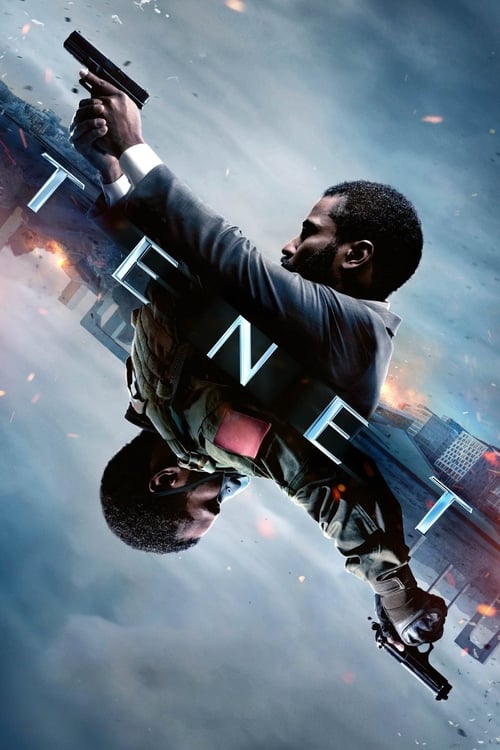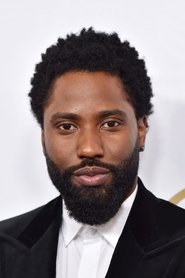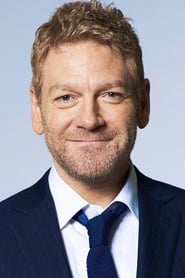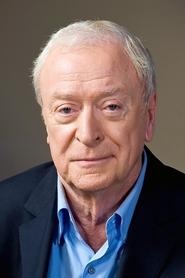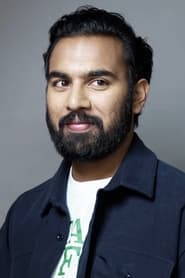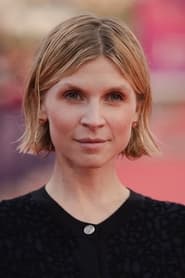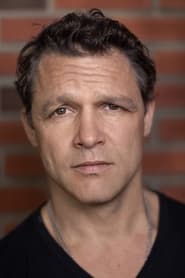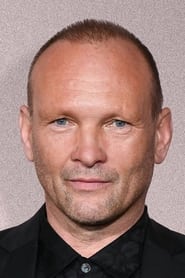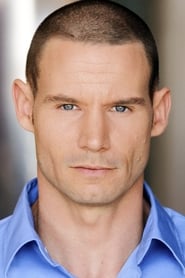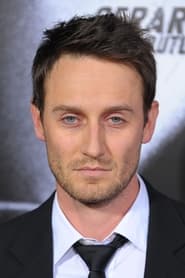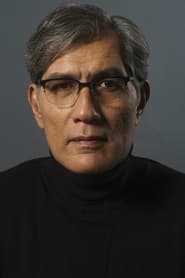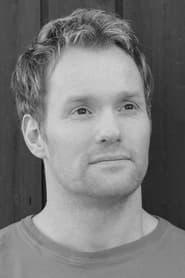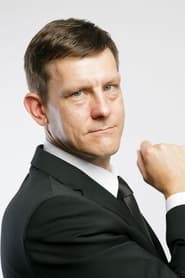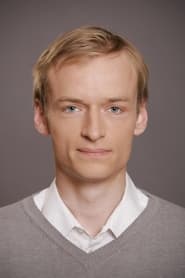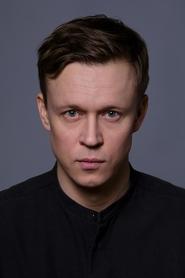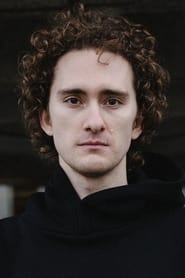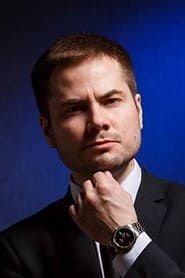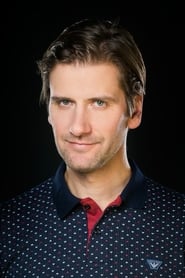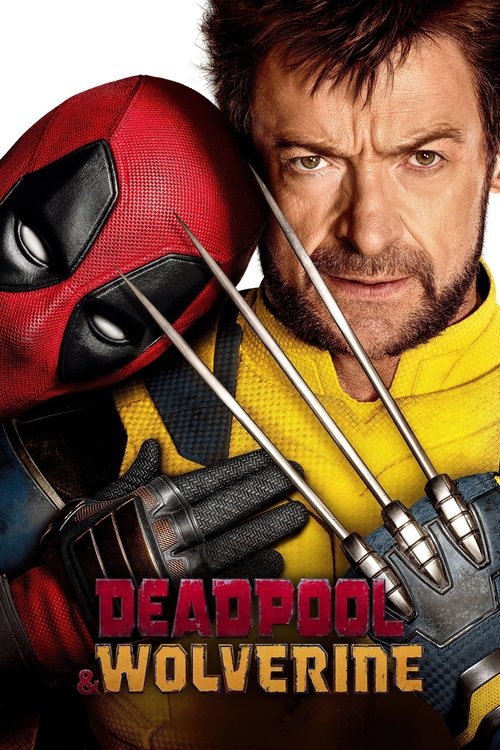
Ask Your Own Question
What is the plot?
The story of Tenet opens on a tense, shadowy night inside the Kyiv Opera House, where a covert CIA extraction mission unfolds amidst a violent terrorist siege. The Protagonist, an unnamed CIA operative played by John David Washington, leads the operation to retrieve a colleague and a mysterious artifact. As gunfire echoes and chaos erupts, the Protagonist moves with precise urgency, but the mission quickly spirals out of control. His team is captured by Ukrainian special forces known as KORD, and he himself is seized and subjected to brutal torture. In the depths of this harrowing ordeal, the Protagonist swallows a cyanide pill to protect secrets and himself, only to awaken and realize the pill was fake--a test of loyalty orchestrated by a secret organization called Tenet. Passing this test marks his induction into their ranks, setting him on a path that will bend the very fabric of time itself.
From this crucible, the Protagonist is thrust into a bewildering new world where objects and people can move backward through time, a phenomenon known as "time inversion." His first guide in this bewildering realm is Neil (Robert Pattinson), a calm, enigmatic handler who becomes his partner. Together, they begin to unravel the mystery behind inverted munitions--bullets that travel backward through space and time--and trace their origin to a shadowy figure: Andrei Sator, a ruthless Russian oligarch with terminal cancer who wields terrifying power by communicating with the future.
Their investigation leads them to Mumbai, where they meet Priya Singh, an arms dealer and Tenet member who reveals the existence of the "turnstile," a machine capable of inverting the entropy of objects and people, allowing them to move backward through time. Priya explains that Sator is receiving inverted weapons and information from the future, enabling him to manipulate the present with deadly precision. She warns that Sator's plans are catastrophic, but the full scope remains elusive.
The Protagonist's pursuit of Sator becomes personal through Kat Barton (Elizabeth Debicki), Sator's estranged wife and an art appraiser. Kat is trapped in a toxic marriage, manipulated and blackmailed by Sator through a forged Goya painting authenticated by her friend Arepo. Sator uses this forgery to control Kat, threatening her with legal ruin and emotional devastation. Kat's love for her young son and her desperate desire for freedom add emotional weight to the Protagonist's mission.
In Oslo, at a high-security Freeport facility, the Protagonist and Neil attempt a daring heist to steal the forged Goya painting from Sator's vault. The heist turns surreal and dangerous when they encounter two masked assailants emerging simultaneously from opposite ends of a turnstile, moving in opposite temporal directions. This encounter reveals the terrifying reality of time inversion: the same person can exist simultaneously moving forward and backward through time. The Protagonist narrowly escapes, but the stakes escalate as he realizes Sator's grip on the future is stronger than anticipated.
The tension mounts as the Protagonist and Neil infiltrate Sator's operations on his yacht in the Baltic Sea, where Kat is held captive. The yacht becomes a crucible of confrontation and revelation. Sator, aware of his impending death from cancer, is bent on activating a device called the Algorithm--a weapon created in the future that can invert the entropy of the entire world, effectively causing an apocalypse to erase the present. His nihilistic desire to take the world down with him is chillingly clear.
In a climactic sequence, the Protagonist orchestrates a temporal pincer movement--a military tactic where two teams attack a target simultaneously from opposite directions in time. One team moves forward, the other inverted, converging on Sator's underground facility where the Algorithm is stored. The battle is a breathtaking dance of bullets flying backward and forward, explosions unfolding in reverse, and operatives navigating a labyrinth of time loops.
During the chaos, Neil reveals a heartbreaking truth: he is from the future and has known the Protagonist for years. His calm demeanor masks the knowledge that he will soon sacrifice himself in the past to save the Protagonist. As the battle reaches its peak, Neil moves backward through time to shield the Protagonist, dying in the process. His sacrifice is a poignant moment, underscored by the weight of friendship and fate.
Meanwhile, the Protagonist confronts Sator on the yacht's deck. Sator, desperate and enraged, attempts to detonate the Algorithm's trigger to annihilate the world. The Protagonist shoots him, ending his reign of terror and preventing the apocalypse. Kat, freed from Sator's control, is reunited with her son, a tender moment of hope amid the temporal turmoil.
In the aftermath, the Algorithm is secured and dismantled by Tenet operatives, averting global catastrophe. The Protagonist comes to a profound realization: he is the future founder of Tenet, orchestrating events across time to safeguard humanity. The film closes with him preparing to recruit new operatives, stepping into the role of architect of the timeline's protection, while Neil's sacrifice lingers as a testament to the complex bonds forged in the shadow of time's relentless flow.
This narrative weaves through Kyiv, Mumbai, Oslo, and the Baltic Sea, traversing forward and inverted timelines, revealing a world where cause and effect blur and the future fights to save the past. Every death--from the captured CIA team in Kyiv to Neil's selfless end--is a thread in the intricate tapestry of a story that challenges the very nature of time, loyalty, and sacrifice.
What is the ending?
At the end of Tenet, the Protagonist orchestrates a complex plan to prevent the end of the world, which involves a temporal pincer movement. Neil sacrifices himself to ensure the success of the mission, while the Protagonist realizes he is the one who will lead the organization known as Tenet in the future.
As the climax of Tenet unfolds, the Protagonist, played by John David Washington, finds himself at the center of a meticulously crafted temporal pincer movement. The scene is set in a desolate area in Norway, where the final confrontation with the antagonist, Andrei Sator, is about to take place. The Protagonist, along with his ally Neil, portrayed by Robert Pattinson, prepares to execute their plan to stop Sator from activating the Algorithm, a device capable of reversing the entropy of the world, effectively leading to its destruction.
The Protagonist and Neil split into two teams, one moving forward in time and the other moving backward. The tension is palpable as they coordinate their actions through a series of radio communications. The Protagonist, moving forward in time, engages in a fierce battle against Sator's men, while Neil, moving backward, navigates through the chaos, ensuring that the plan unfolds as intended.
As the battle intensifies, the Protagonist encounters Sator, who is determined to activate the Algorithm. The stakes are high, and the Protagonist's resolve is tested as he fights to prevent the impending catastrophe. Meanwhile, Neil, in his backward journey, encounters various obstacles, showcasing the intricacies of time inversion and the challenges it presents.
In a pivotal moment, the Protagonist realizes that Neil has been instrumental in the success of their mission. Neil's actions, though seemingly selfless, are revealed to be part of a larger plan. As the Protagonist fights to secure the Algorithm, Neil sacrifices himself to ensure that the Protagonist can escape and complete the mission. This moment is filled with emotional weight, as the Protagonist understands the depth of their friendship and the sacrifices made for the greater good.
With the Algorithm successfully neutralized, the Protagonist confronts Sator one last time. In a tense standoff, Sator is ultimately defeated, and the threat to the world is eliminated. However, the Protagonist is left with the realization that he is destined to lead Tenet in the future, a revelation that adds layers to his character's journey.
As the dust settles, the Protagonist reflects on the events that have transpired. He understands that his role in the organization is not just a matter of duty but a commitment to safeguarding the future. The film concludes with the Protagonist acknowledging his place in the timeline, hinting at the cyclical nature of time and the interconnectedness of their actions.
In the end, the fates of the main characters are sealed: the Protagonist emerges as a leader, Neil's sacrifice ensures the mission's success, and Sator's ambitions are thwarted, leaving the world safe from destruction. The emotional resonance of their journey lingers, emphasizing the themes of sacrifice, friendship, and the complexities of time.
Is there a post-credit scene?
The movie "Tenet" does not have a post-credit scene. After the film concludes, the credits roll without any additional scenes or content. The narrative wraps up with the main characters having completed their mission, and the story's complexities are left to resonate with the audience without further elaboration in a post-credit sequence.
What is the significance of the term 'Tenet' in the movie?
The term 'Tenet' serves as a key concept in the film, representing the idea of a palindrome, which is a word or phrase that reads the same backward as forward. This reflects the film's exploration of time inversion, where events can occur in reverse. The protagonist learns that 'Tenet' is not just a word but a principle that governs the actions and motivations of the characters, particularly in their fight against the antagonist, Andrei Sator.
How does the protagonist learn about time inversion?
The protagonist, played by John David Washington, first encounters the concept of time inversion during a mission to retrieve a piece of art. He is introduced to the idea by a character named Neil, played by Robert Pattinson, who explains that certain objects can be inverted, meaning they move backward through time. This revelation is pivotal as it sets the stage for the protagonist's journey to understand and manipulate time to prevent a global catastrophe.
What role does Andrei Sator play in the plot?
Andrei Sator, portrayed by Kenneth Branagh, is the film's primary antagonist. He is a Russian oligarch with the ability to communicate with the future and is intent on using time inversion to bring about the end of the world. His motivations are deeply tied to his desire for power and control, as well as his complex relationship with his estranged wife, Kat. Sator's actions drive the protagonist and his allies to work against him, culminating in a high-stakes battle to thwart his plans.
What is the relationship between the protagonist and Kat?
The protagonist develops a complicated relationship with Kat, played by Elizabeth Debicki, who is Sator's wife. Initially, she is portrayed as a victim of Sator's abusive control, and the protagonist becomes emotionally invested in her well-being. As the story unfolds, their bond deepens, with the protagonist motivated by a desire to save her from Sator's grasp. Kat's emotional turmoil and her struggle for independence add layers to the protagonist's mission, highlighting themes of sacrifice and loyalty.
How does Neil's character contribute to the protagonist's journey?
Neil, played by Robert Pattinson, is a key ally to the protagonist throughout the film. His character is enigmatic, often hinting at a deeper understanding of the events unfolding around them. Neil's loyalty and knowledge of time inversion are crucial as he guides the protagonist through complex situations. As the story progresses, it is revealed that Neil has known the protagonist for a long time, suggesting a preordained friendship that transcends time. This relationship adds emotional depth to the protagonist's journey and underscores the film's intricate narrative structure.
Is this family friendly?
"Tenet," directed by Christopher Nolan, contains several elements that may be considered objectionable or upsetting for children or sensitive viewers. Here are some aspects to consider:
-
Violence: The film features intense action sequences, including gunfights, hand-to-hand combat, and explosions. Some scenes depict characters in perilous situations, which may be distressing.
-
Death and Injury: There are moments where characters are injured or killed, and the consequences of these actions are portrayed realistically, which could be unsettling.
-
Complex Themes: The narrative involves intricate concepts related to time manipulation and existential threats, which may be confusing or overwhelming for younger audiences.
-
Language: There are instances of strong language throughout the film, which may not be suitable for children.
-
Psychological Tension: The film has a tense atmosphere, with moments of suspense and uncertainty that could be anxiety-inducing.
-
Mature Themes: The story touches on themes of betrayal, sacrifice, and moral ambiguity, which may be difficult for younger viewers to fully grasp.
Overall, "Tenet" is more suited for older teens and adults due to its complex narrative and mature content.

